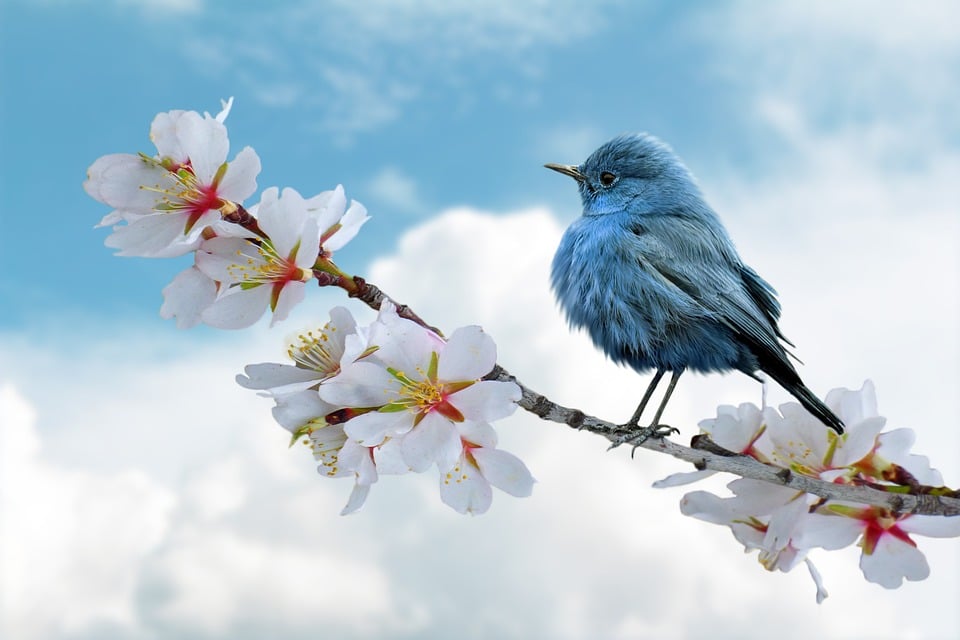The Wonder of Nature: Exploring the Secrets of Our Environment
As we go about our daily lives, it’s easy to overlook the intricate web of relationships that exist in the natural world. From the tiniest microbe to the mightiest tree, every living thing is interconnected and plays a vital role in maintaining the delicate balance of our planet. In this article, we’ll delve into the wonders of nature and explore the fascinating ways in which the environment shapes our lives.
The Five Spheres of the Environment
Our planet is often referred to as the "Earth," but did you know that it’s actually made up of five spheres that work together to create the world we live in? These spheres are:
- The Lithosphere: This is the solid outer layer of the Earth, comprising the crust and the uppermost part of the mantle. It’s home to all sorts of geological wonders, from towering mountains to deep ocean trenches.
- The Hydrosphere: This includes all the water on our planet, from the oceans to lakes, rivers, and even the water vapor in the atmosphere.
- The Atmosphere: The thin layer of gases that surrounds the Earth, essential for supporting life. It’s the layer that we breathe, and it plays a crucial role in regulating the planet’s temperature and climate.
- The Biosphere: This is the zone where life thrives, encompassing all the living organisms on our planet, from the smallest microbes to the largest mammals.
- The Pedosphere: This is the thin layer of soil that covers the Earth’s surface, home to a vast array of microorganisms and plants that help to nourish and sustain life.
The Web of Life
The natural world is a complex web of relationships, with each species playing a vital role in the delicate balance of the ecosystem. From the symbiotic relationships between insects and plants, to the intricate food chains that support entire ecosystems, every living thing has an impact on the world around it.
Did you know that:
- The health of the soil is directly linked to the health of the plants that grow on it?
- The microorganisms that live in the soil are responsible for decomposing organic matter and recycling nutrients?
- The roots of trees can absorb water and nutrients from the soil, creating a network of underground pathways that support life?
Conservation Efforts
As we learn more about the natural world, it’s clear that our planet is facing numerous environmental challenges, from climate change to deforestation and pollution. Conservation efforts are underway to protect and preserve the natural world, from national parks to wildlife reserves and sustainable forestry initiatives.
Image: A stunning example of conservation in action is the Amazon Rainforest, home to an estimated 10% of all known plant and animal species. Efforts are underway to protect this vital ecosystem, including the creation of protected areas and community-led conservation initiatives.
Frequently Asked Questions
Q: What can I do to help protect the environment?
A: Start by reducing your carbon footprint, using public transport, carpooling, and conserving energy. You can also reduce waste by recycling and using reusable bags and containers.
Q: How can I help conserve biodiversity?
A: Support local conservation efforts, plant native species in your garden, and avoid using pesticides and herbicides that can harm local wildlife.
Q: What are some simple ways to reduce my impact on the environment?
A: Start by reducing your water usage, turning off lights and electronics when not in use, and avoiding single-use plastics.
Q: Can I still enjoy the outdoors while protecting the environment?
A: Absolutely! Get outside and explore nature, but remember to respect local wildlife and habitats. Take nothing but memories and leave nothing but footprints.
By exploring the wonders of nature and learning more about the intricate web of relationships that exist in the environment, we can work together to protect and preserve our planet for future generations.


